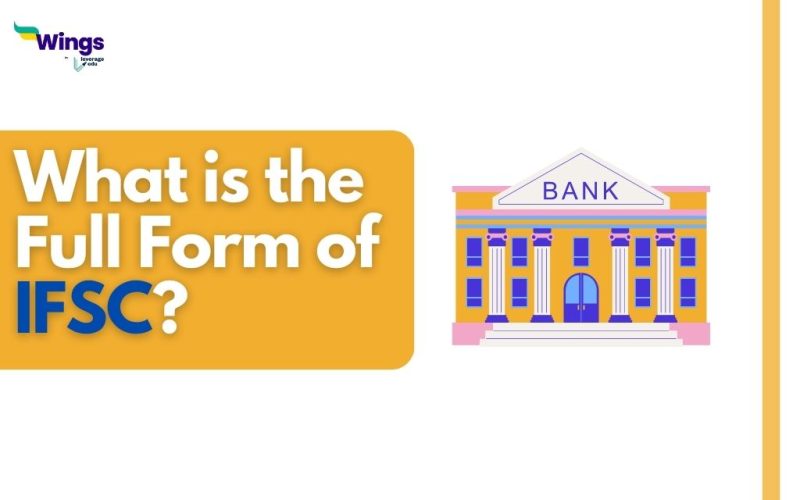Indian Financial System Code is the full form of IFSC. Each bank branch in India is identified by an 11-character alphanumeric code. A bank and its branch can be quickly identified using the provided IFSC code. To send money using NEFT or RTGS, you must enter the code found on the cheque book. You need the following details in order to obtain the IFSC code of any bank.
- Bank Name
- Name of the state where the bank is situated
- The district name
- Address or name of the branch
Also Read: What is the Role of Bank PO?
Importance of IFSC code
Table of Contents [show]
The IFSC (Indian Financial System Code) is a unique alphanumeric code used to identify individual bank branches participating in the electronic fund transfer system in India. The importance of IFSC codes lies in the following aspects:
- For the purpose of identifying and categorising banks and their branches that offer RTGS, IMPS, and NEFT facilities, RBI gives the IFSC Code.
- RBI can easily and accurately verify and assess financial transactions thanks to the IFSC code.
- RBI can manage and handle all IFSC code-based online banking transactions, including RTGS, NEFT, and IMPS.
IFSC code format
- The IFSC code is made up of 11 characters.
- The bank’s name is revealed by the first four letters, and the branch number is revealed by the final seven letters.
- The bank name is indicated by the IFSC code SBIN0000738 in this SBIN, while the branch number is shown as 0000738.
- The IFSC Code is required to make a cash transfer using an online and digital technique, such as NEFT or RTGS, from one bank branch to another branch.
Also Read: How to Become a Bank Manager?
This was all about the Full Form of IFSC. Visit our Full Form Page to discover more intriguing articles about full forms. You can also get a consolidated list of 300+ full list forms here! Get in touch with the experts at Leverage Edu in order to kickstart your study abroad journey!
 One app for all your study abroad needs
One app for all your study abroad needs















 45,000+ students trusted us with their dreams. Take the first step today!
45,000+ students trusted us with their dreams. Take the first step today!
